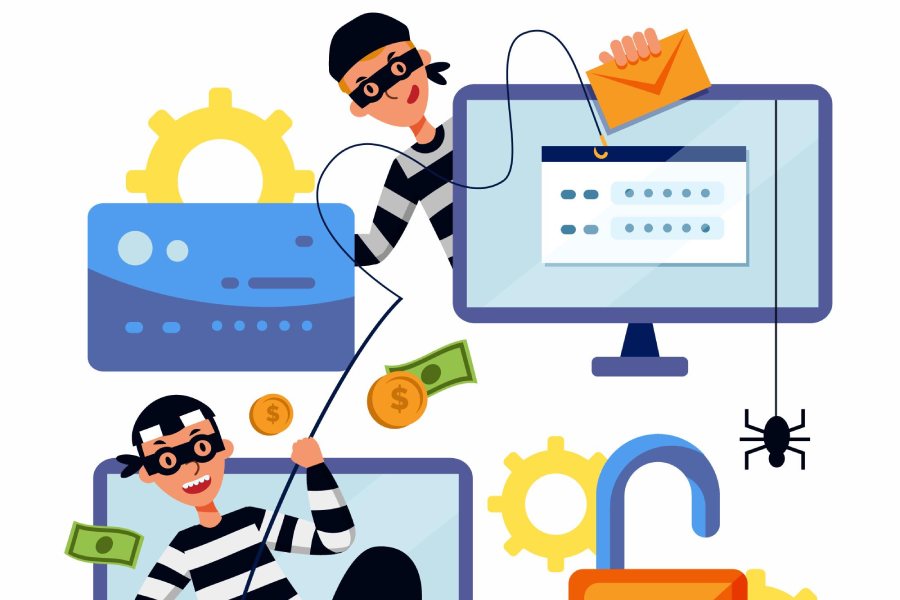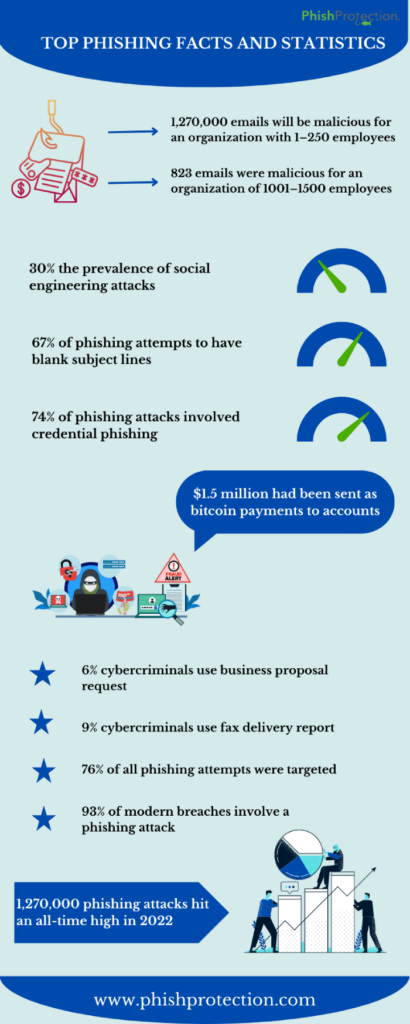As people increasingly move towards crypto, scams lie in wait to exploit user vulnerabilities. Identifying a crypto phishing scam and taking appropriate action to prevent getting scammed can help protect your sensitive and confidential information and crypto assets.
Financial phishing scams can be disastrous because they hit you where it hurts the hardest. Victims lose their hard-earned money, but in traditional scams, you might be able to track the financial trail and reach the perpetrator. However, tracing them becomes impossible in innovative schemes like crypto phishing scams.
The total loss due to cryptocurrency scams was $54 million in May 2023 alone. This article discusses crypto phishing scams, their consequences, their impacts, and how users can stay protected.
What Are Crypto Phishing Scams?
Crypto phishing scams are like any other phishing scam, with the primary difference being that malicious actors target online crypto wallets to steal information or cryptocurrencies. Scammers target the wallets to steal users’ private keys, which allows them to access crypto funds within the wallet.
How Do Crypto Phishing Scams Work?
You must be aware of how the general phishing attacks originate. Threat actors send phishing emails with malicious content, links, and attachments that unsuspecting users open or download to their systems. It provides the ideal entry point for the scammer to snare the user and steal critical information.
Users generally do not suspect such emails because, on the surface, they appear to originate from legitimate and genuine sources.
Similarly, crypto phishing scams originate with a phishing email or message to the targeted victim. It may appear to originate from a legitimate source, like a cryptocurrency exchange or another crypto wallet. This phishing message contains links leading to fake websites resembling genuine ones closely.
So if the victim clicks on the links and enters their credentials, the attacker exploits the information to access their account and steal data.
Usually, phishing messages invoke a sense of urgency or fear. The messages inform users that there could be an issue with the account requiring them to log in immediately and fix it. Alternatively, these phishing messages can prey on the target’s greed and offer a fake bounty.
There are examples of crypto phishing attacks where the threat actors display concern for the target by alerting them of suspicious activity in their accounts. They advise the victims to log in to their accounts to resolve the problem. Subsequently, the unsuspecting victims access the fake website and divulge confidential data that the threat actors can use for their nefarious purposes.
Different Types of Crypto Phishing Attacks
Crypto phishing attacks can be of various types. However, the most prominent attack vectors include spear phishing, whaling, clone phishing, pharming, evil twin phishing, voice phishing, SMS phishing, DNS hijacking, ice phishing, fake browser extensions, and crypto malware.
User awareness levels have increased significantly, and many of them can identify regular phishing attacks effortlessly. However, crypto phishing emails are more challenging as malicious actors have become more innovative and can go to extremes to make their emails and websites seem genuine to most users.
Nevertheless, a cautious and trained user can discern the red flags quickly, which helps them identify crypto phishing emails.
Identifying a Crypto Phishing Email
Usually, a phishing email leaves many inadvertent indications regarding its malicious intentions, which a trained eye can detect. Following are a few of them:
- Grammatical or spelling mistakes: Crypto phishing emails usually contain spelling or grammatical errors, making it easy for trained users to identify them. Malicious actors focus more on their evil objectives and spend little time proofreading. Alternatively, they may not be well-versed in language as they are not refined professionals.
- Non-corporate email addresses: Users can identify genuine email addresses by looking at them carefully. Usually, corporate entities have corporate email IDs. Hence, if you find a message from a public email address claiming to originate from a corporate entity, you must be extra cautious.
- Misleading links: Generally, any email message with an embedded link have a chance to be a phishing email. Phishers use links for the targets to click to reach fake websites instead of legitimate ones. They often create fake URLs that resemble genuine ones by altering some original characters, which can be easily detected if you view them carefully.
- Misaligned content: All corporate emails follow a specific language and tone. Phishing actors might not be capable enough to mimic the exact tone and lose the game. However, users must be vigilant to note the subtle changes to identify crypto phishing emails.
How to Remain Protected from Crypto Phishing Scams
Nobody can guarantee 100% phishing protection against crypto phishing scams because they keep evolving. Much depends on the user because they can take adequate precautions and avoid getting scammed by these crypto phishing scams. The below tips can help users significantly.
- Please do not divulge your passwords, wallet addresses, private keys, and other confidential information to others knowingly or unknowingly.
- Use reputed cryptocurrency exchanges and stay away from fly-by-night operators. Similarly, use wallets from authentic suppliers.
- One must exercise care against emails received from unsolicited and unknown sources, however genuine they might seem. Such emails assume catastrophic proportions if they contain attachments and links. If you need clarification on the sender’s credentials, it is better to confirm the authenticity.
- Follow a strict Zero Trust policy against emails containing links and attachments. Please be doubly sure before downloading content received from untrusted sources.
- Keep your system firewalls updated and keep the operating system software malware-free.
- Follow a robust authentication policy by insisting employees and other users use strong passwords. One must also use a different password across different accounts.
- Update your network system to enable two-factor authentication. Set up email alerts on your smartphone or laptop.
- Never take any website for its face value. Malicious content might be around the corner, waiting to download onto your system.
- Please refrain from downloading browser extensions from unknown sources.
- Never access Wi-Fi through public hotspots. Using a secure VPN when you connect to a public network to access the internet is advisable.
Final Words
The internet is teeming with crypto phishers. It does not take more than a minute’s indiscretion for a user to attract these scams. Protecting yourself from crypto phishing campaigns is entirely in your hands. Therefore, it is essential to increase your awareness levels and take all precautions to prevent these crypto scams from wiping out your information assets and finances.



